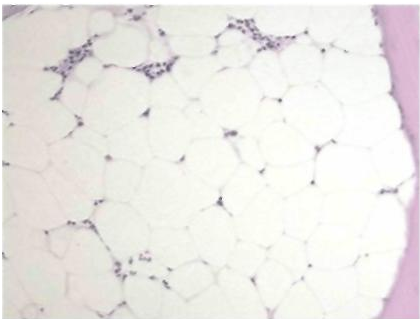USMLE Step 1 Pathophysiology Block 7
2.
You may optionally provide this to label your report, leaderboard, or certificate.
×
Thank you for your feedback!
















